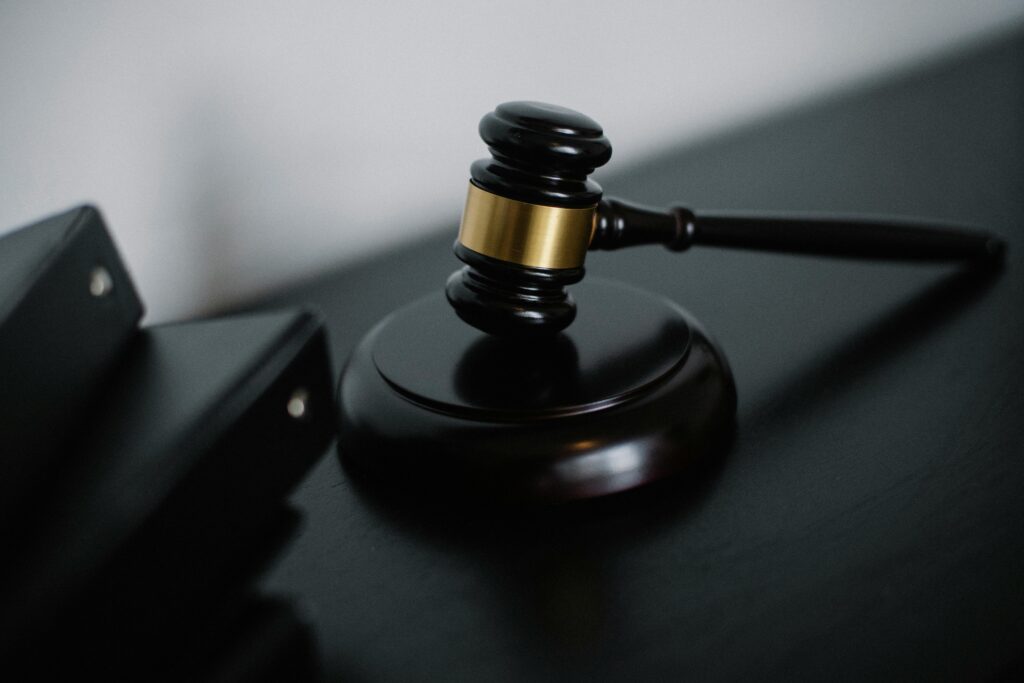Victims of Aqueous Film-Forming Foam (AFFF) exposure are increasingly seeking justice through lawsuits. These lawsuits are driven by mounting evidence linking the chemical to severe health risks, including cancer.
As these cases gain momentum, many affected individuals are eager to understand what to expect from the settlement process and the timeline involved. They are also keen to know the factors influencing payout amounts and when victims might see results.
In this article, we will describe the key stages of AFFF lawsuit settlements, offering insight into the potential compensation.
Understanding AFFF Lawsuits
To fully understand the AFFF lawsuit, you will require a deep dive into the complex issues surrounding Aqueous Film-Forming Foam. It is a firefighting agent widely used by firefighting professionals and military officials. The lawsuits have emerged due to toxic chemicals, particularly per- and poly-fluoroalkyl substances (PFAS) in the foam. The PFAS is responsible for causing serious health conditions, including various cancers.
Trulaw emphasizes that these cases are centered on the alleged failure of manufacturers to warn users of the risks associated with PFAS exposure. These allegations assert that victims have strong grounds for legal action, providing evidence showing that these chemicals can persist in the environment. These chemicals also exist in the human body, leading to illnesses.
The Lawsuit Process
The victims meet with attorneys to assess the validity of their case and gather evidence linking their health issues to AFFF exposure. Once the case is accepted, attorneys file a complaint against the manufacturers, alleging that the companies knowingly manufactured dangerous products without adequate warnings.
Both parties meet and exchange evidence, including medical records, scientific studies, and internal company documents. Settlement negotiations often occur during or after discovery, but if an agreement cannot be reached, the case may proceed to trial.
According to Consumer Shield, currently, there are 9198 pending cases as of August 2024. The number of cases was 9525 in July 2024 but saw a decline. Around 327 cases of drinking water claims were settled, and the remaining are pending in MDL in South Carolina. The case is still active, and the victims can still apply for compensation.
How do I gather evidence to support my AFFF lawsuit?
Collect medical records that document your diagnosis and treatment, especially related to conditions like cancer. Additionally, obtain records of your exposure to AFFF, such as employment history and training records. If you have any documentation showing your involvement in firefighting activities where AFFF was used, present it.
What Victims Can Expect During the Settlement Process
During the settlement process of an AFFF lawsuit, victims can expect several key steps, beginning with negotiations between their legal team and the defendants. Factors like the seriousness of the victim’s health condition, the degree of exposure, and the evidence decide the compensation amount.
The procedure is usually long, especially if there are multiple plaintiffs involved in a class action. The defendants in AFFF lawsuits are companies manufacturing AFFF like 3M, DuPont, Tyco Fire Products, and BASF Corporation, according to Drug Watch.
Throughout this period, their attorneys will keep them informed of any offers and advise on accepting a settlement or pursuing further legal action. Ultimately, the goal is to reach an agreement that fairly compensates the victim for their medical expenses, and any other damages incurred.
What are the common reasons for delays in settlement negotiations?
Common reasons for delays in settlement negotiations include disputes over the amount of compensation. The defendants may challenge the extent of damages or the link between AFFF exposure and the plaintiff’s health issues. Additionally, the complexity of gathering and verifying evidence, especially in cases involving multiple plaintiffs or extensive documentation, can prolong the negotiation process.
Timeline for Settlement Payments
The timeline for settlement payments in AFFF lawsuits can vary significantly depending on the specifics of the case. Once a settlement agreement is reached, it typically takes several months for the paperwork to be finalized and for the release of funds. Factors that can influence the timeline mainly include the number of plaintiffs involved and the complexity of the settlement terms.
The time required for court approval also plays an important role, particularly in class action cases. For instance, according to Consumer Notice, the first bellwether trial against the company 3M began in June 2023. The company 3M probably reached a $10 billion agreement with multiple cities over water contamination claims. However, the final settlement has still not been made.
After approval, payments are usually processed and disbursed in phases, with victims receiving compensation according to the agreed-upon schedule. While this process can take some time, the goal is to ensure that all eligible plaintiffs receive their due compensation fairly and accurately.
What steps should I take if I do not receive my settlement payment on time?
If you do not receive your settlement payment on time, contact your attorney to inquire about delays. If the delay persists, your attorney can follow up with the settlement administrator or court to address any issues.
Calculating Settlement Amounts
The settlement amount may also be influenced by the defendant’s liability, the strength of the evidence, and any precedent set by similar cases.
According to Consumer Shield, the settlement for AFFF lawsuits will be in 3 series: Tier 1, Tier 2, & Tier 3. The settlement amount is highest for Tier 1, i.e., around $200,000 to $500,000. The 2nd tier will get $150,000 to $280,000, and the 3rd tier will get $75,000 or less. This amount will depend on the severity and extent of health issues.
Impact of Settlements on Victims
Settlements in AFFF lawsuits can have a significant impact on victims, offering them financial relief for medical expenses and other costs. It can help the victims to come out of the physical and emotional toll of dealing with serious illnesses like cancer.
However, the process can also be stressful and lengthy, requiring patience and resilience. Ultimately, a successful settlement can help victims regain stability, allowing them to focus on recovery and their future well-being.
Future Considerations
Looking ahead, victims of AFFF exposure should consider several key factors post-settlement. It’s crucial to continue monitoring their health and maintain open communication with healthcare providers, as some health issues may emerge after the settlement. Victims should also be aware of potential tax implications from their settlement and seek advice from financial experts if needed.
Additionally, staying informed about ongoing legal developments and new research related to AFFF exposure can be beneficial. Future cases or legislative changes might impact their situation or provide further avenues for recourse.
Navigating the Path to Justice and Recovery
While the AFFF lawsuit process can be complex and lengthy, understanding the key elements empowers victims to navigate their journey more effectively. By staying informed and working closely with experienced attorneys, victims can better manage their expectations and ensure they receive the deserving compensation and justice.






